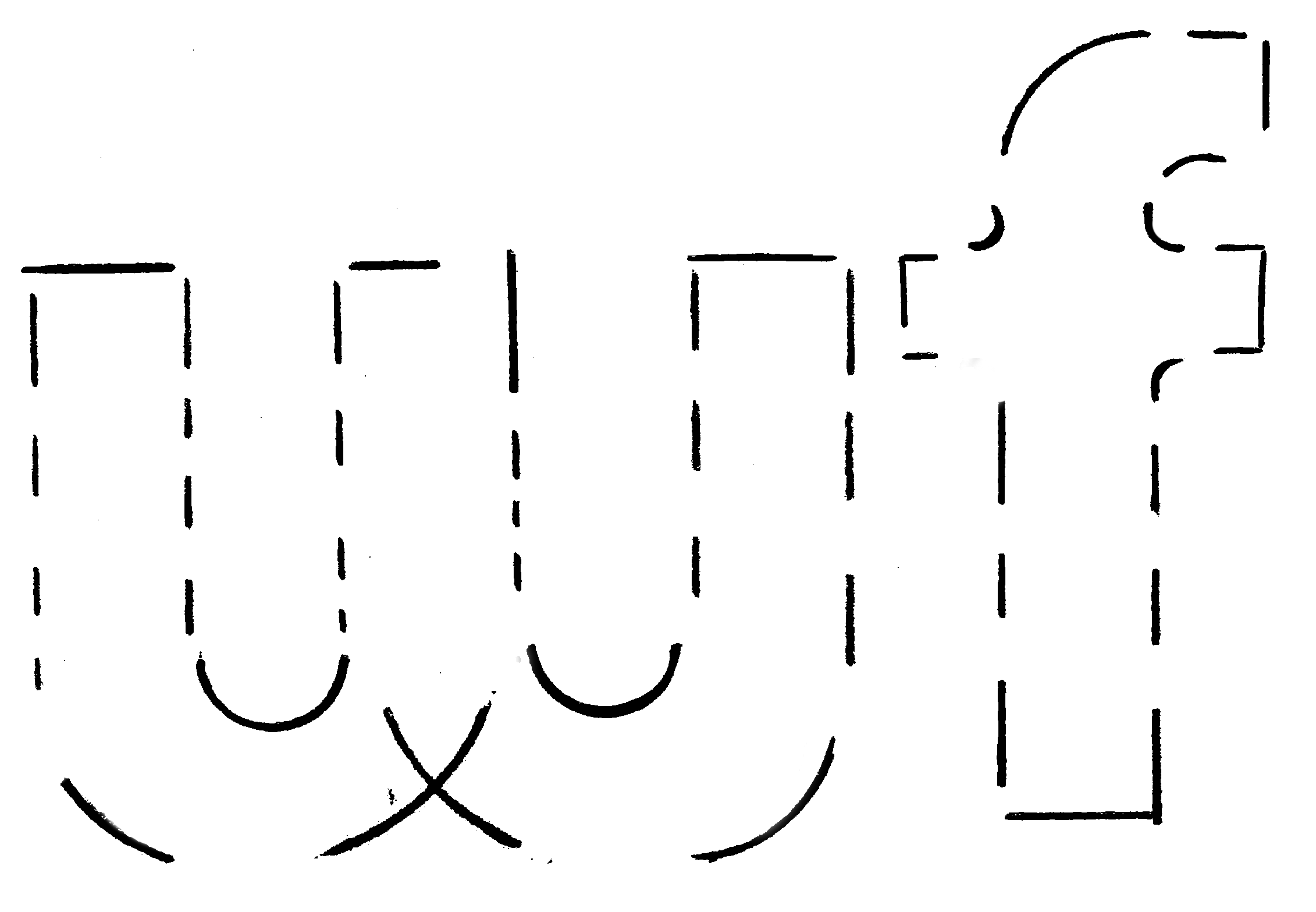Touch and Tumble
Description:
Touch and Tumble was an exhibition of video documentation and works from EDAM (Experimental Dance and Music) and Western Front’s archives, which captured the early development of the dance form Contact Improvisation within the gallery at Western Front. The exhibition marked the occasion of Contact Improvisation’s 50th year and EDAM’s 40th year, alongside the commencement of the digitization of EDAM’s archives.
Contact Improvisation was initiated by American choreographer Steve Paxton in 1972, who described it as “an evolving system of movement . . . based on the communication between two moving bodies that are in physical contact and their combined relationship to the physical laws that govern their motion—gravity, momentum, inertia. . . . Practice includes rolling, falling, being upside down, following a physical point of contact, supporting and giving weight to a partner.”
Locally, Contact Improvisation was adopted and innovated by Peter Bingham, Helen Clarke, and Andrew de Lotbinière Harwood—who collectively formed the contact-focused company Fulcrum (1977–79)—and Lola Ryan, among other dancers who gathered around Linda Rubin’s Synergy Movement Workshops at Western Front in the 1970s. Exchange between local practitioners and East Coast contemporaries, such as Paxton, Lisa Nelson, Nancy Stark Smith, Nita Little, Curt Siddal, and Danny Lepkoff, occurred through organised workshops and performances in 1977, ’78, and ’83.
Presented alongside documentation of such events were video works made by Steve Paxton and Paul Wong, and Lisa Nelson, in which the principles of Contact Improvisation are applied to video technologies. In Paxton and Wong’s Asteroid (1978), a duet between a dancer and a videographer is staged. Wong uses the camera as the contact point to trace particular phrases of Paxton’s movement, including a giddying pan in which Paxton spins and orbits around Wong at increasing momentum. In Lisa Nelson’s Second Glances (1979), the extended flow of a duet between Alan Ptashek and Nancy Stark Smith is disrupted by a series of devised real-time editing scores. Using a ¾” U-matic, Nelson watched two monitors while forcefully pushing the editing buttons in and out. Her movements made the activity of editing a full-body interaction with the eyes, bringing a new flow to the dance.
Projected on the wall and played on three viewing stations in the gallery, the material on display in Touch and Tumble offered a glimpse into the history of Contact Improvisation and celebrated its ongoing influence and innovation—including EDAM and its artistic director, Peter Bingham, who practice it daily behind Western Front’s gallery wall.
The exhibition was accompanied by a performance by keyon gaskin in the Grand Luxe Hall, and a demonstration of Contact Improvisation in the foyer and gallery with Britt Angus, Anne Cooper, Arash Khakpour, and Brandon Schwinn.
Presented in partnership with EDAM. With special thanks to Julia Carr, Anne Cooper, James Goldie, Margarida Macieira, Diego Romero, Olivia Shaffer, and Abigail Sebaly.
Documents:
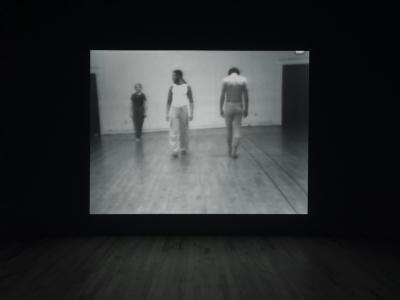
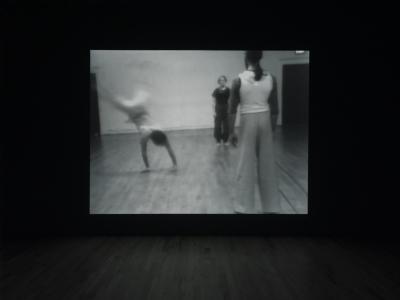
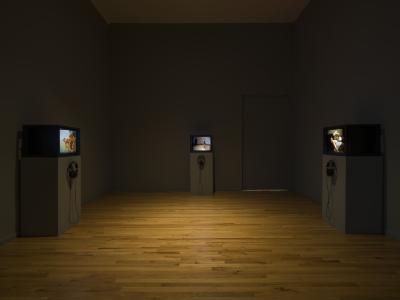
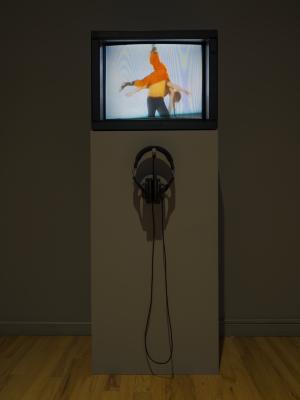
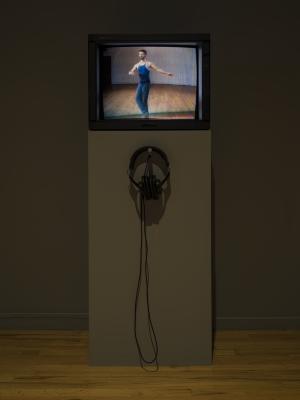
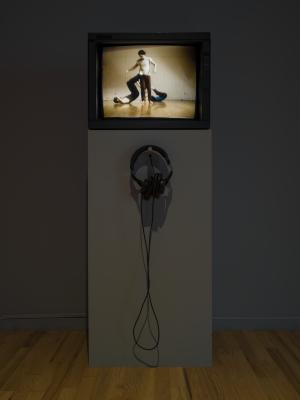
Related Events
Captions:
- Peter Bingham, Helen Clarke, and Andrew de Lotinère Harwood, Documentation of a Contact Improvisation Workshop (1976), installation view, May 26 – Jul 30, 2022. Photo by Dennis Ha.
- Peter Bingham, Helen Clarke, and Andrew de Lotinère Harwood, Documentation of a Contact Improvisation Workshop (1976), installation view, May 26 – Jul 30, 2022. Photo by Dennis Ha.
- Touch and Tumble, installation view, May 26 – Jul 30, 2022. Photo by Dennis Ha.
- Lisa Nelson, Second Glances (1979), installation view, May 26 – Jul 30, 2022. Photo by Dennis Ha.
- Steve Paxton and Paul Wong, Asteroid (1978), installation view, May 26 – Jul 30, 2022. Photo by Dennis Ha.
- Steve Paxton, Peter Bingham, Helen Clarke, and Lola Ryan, PRBC (1983), installation view, May 26 – Jul 30, 2022. Photo by Dennis Ha.
